I would say that 90% of the shaft seals I assemble and test are leak free -- this testing of course is part of the MSD/SD test and certification process each WTC gets here before sending it off to the customer (these days, The Nautilus Drydocks).
Leaking shaft seal assemblies are either repaired or replaced. The major cause of a shaft leak is a crack or scratch of the seal inner bore where the cup-seals outer edge makes contact; that portion of the rubber that makes the watertight seal between seal and inside bore of the shaft seal body. My seal bodies today are machined pieces of polyurethane sprue. A cracked or scratched inside bore would permit water to flow around the outer rubber seal lip, through the crack, letting water into the motor bulkhead.
I see that you are adhering the rubber cup-seal outer lip with adhesive. Stop doing that! Use silicon oil (not silicon grease!) to lubricate the outer and inner seal lips during assembly.




Typically the manufacturer supplies the cup-seal with an inner lip diameter slightly smaller than the stated diameter of shaft it is supposed to seal against. In our sizes that's a few thousandth's of an inch smaller. They don't have to be tight.
Are you using proper cup seals or the spring tensioned seals used by the piston crowd?
David
Leaking shaft seal assemblies are either repaired or replaced. The major cause of a shaft leak is a crack or scratch of the seal inner bore where the cup-seals outer edge makes contact; that portion of the rubber that makes the watertight seal between seal and inside bore of the shaft seal body. My seal bodies today are machined pieces of polyurethane sprue. A cracked or scratched inside bore would permit water to flow around the outer rubber seal lip, through the crack, letting water into the motor bulkhead.
I see that you are adhering the rubber cup-seal outer lip with adhesive. Stop doing that! Use silicon oil (not silicon grease!) to lubricate the outer and inner seal lips during assembly.
Typically the manufacturer supplies the cup-seal with an inner lip diameter slightly smaller than the stated diameter of shaft it is supposed to seal against. In our sizes that's a few thousandth's of an inch smaller. They don't have to be tight.
Are you using proper cup seals or the spring tensioned seals used by the piston crowd?
David


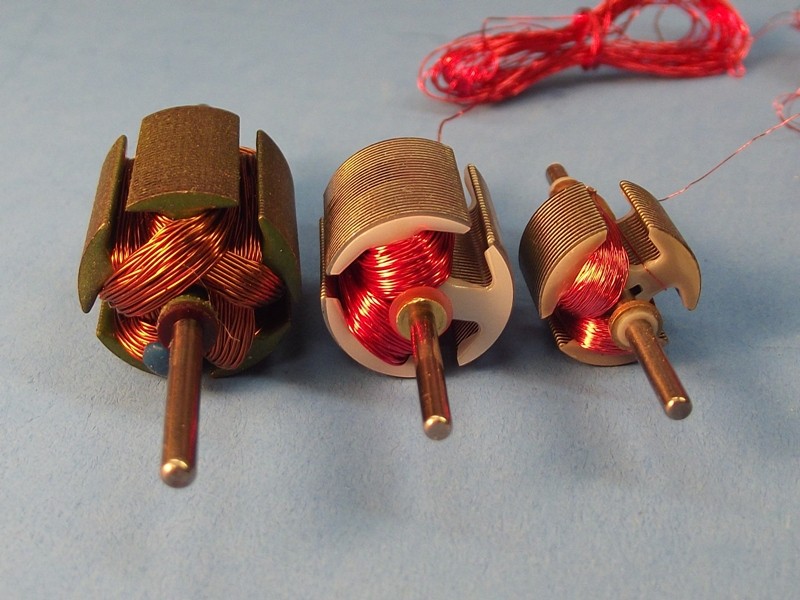

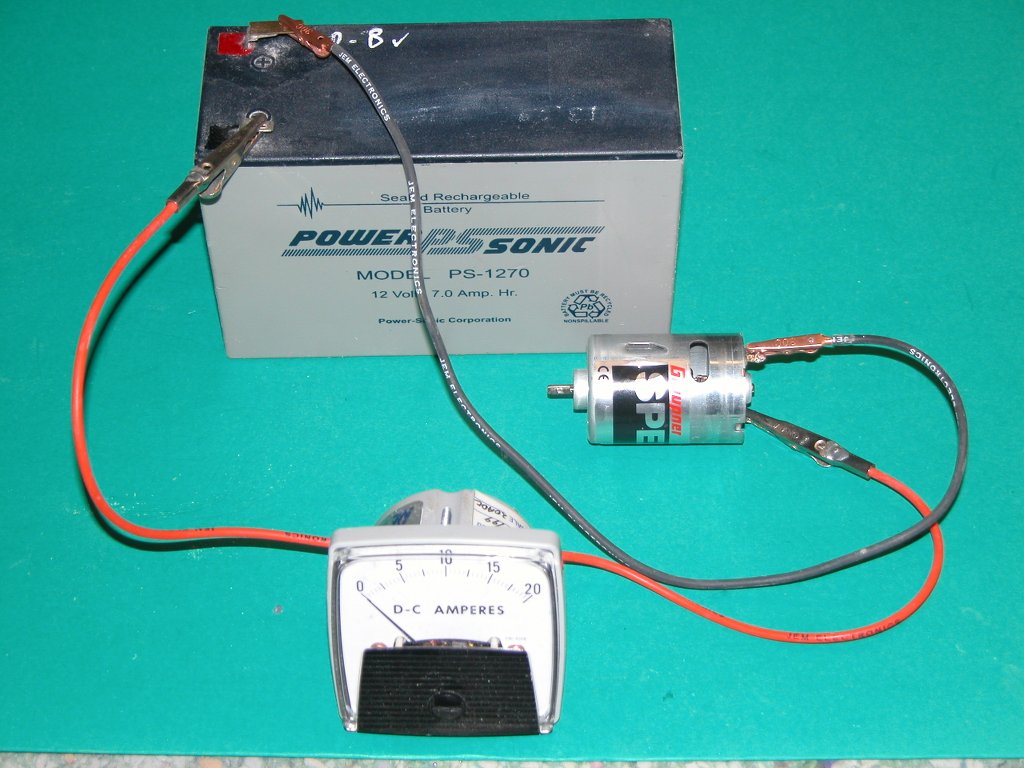
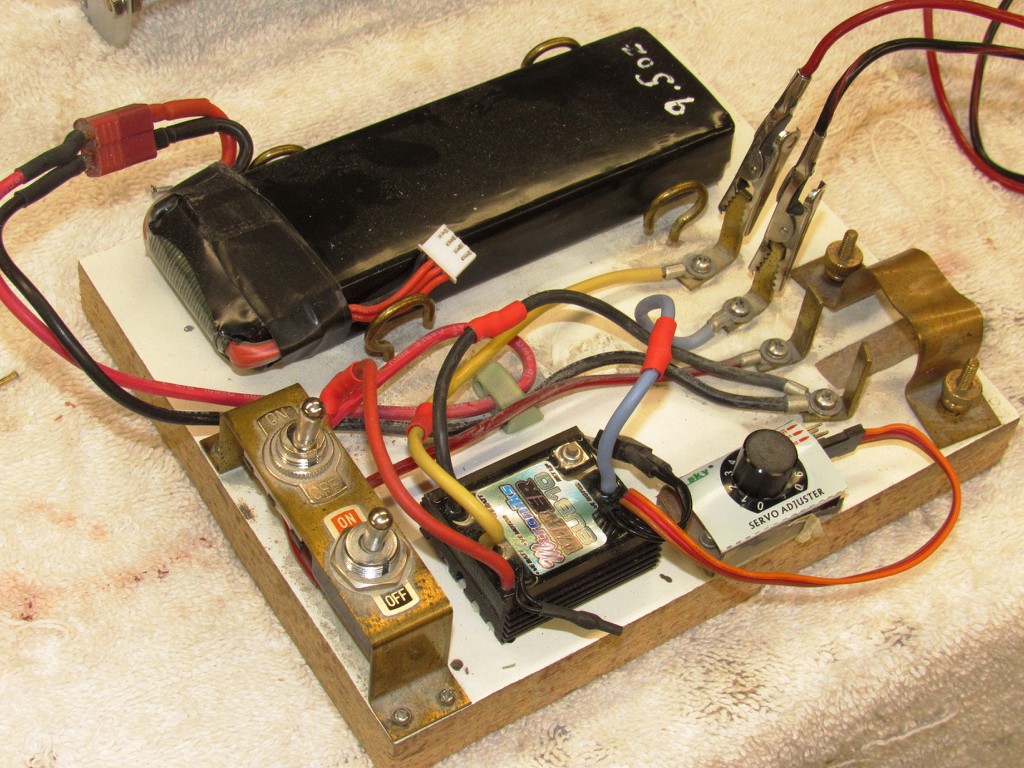
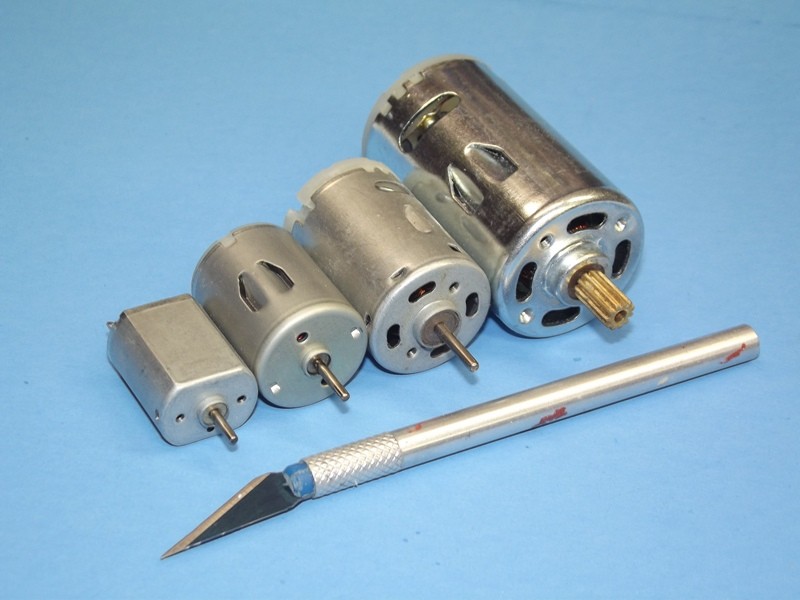
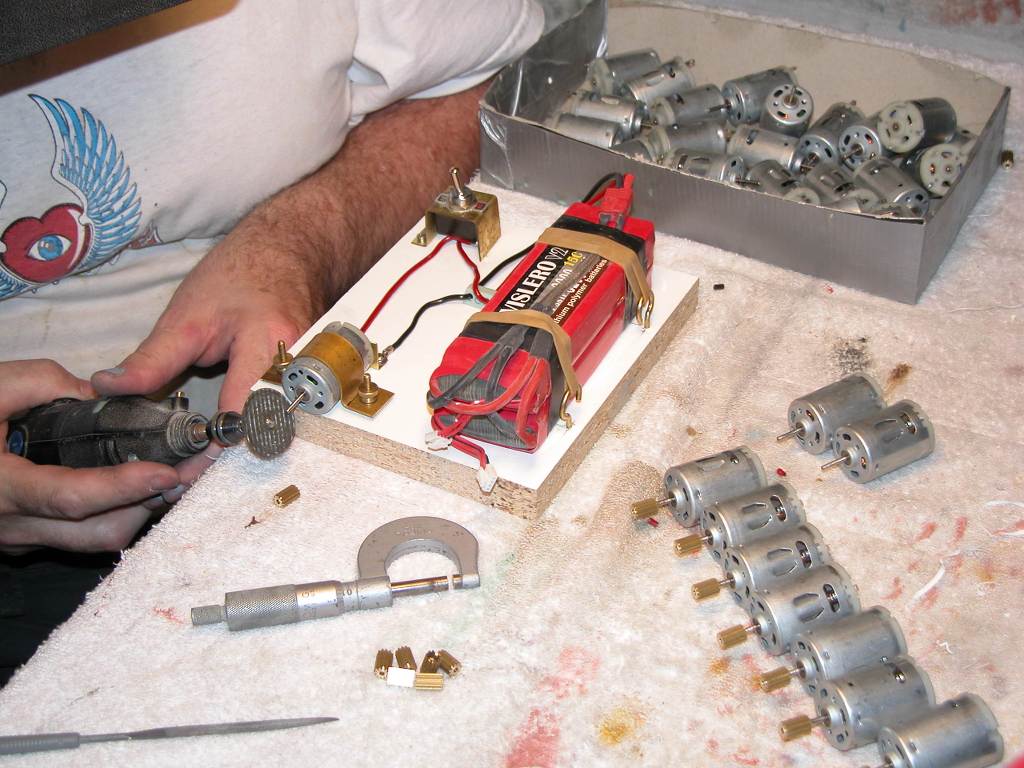
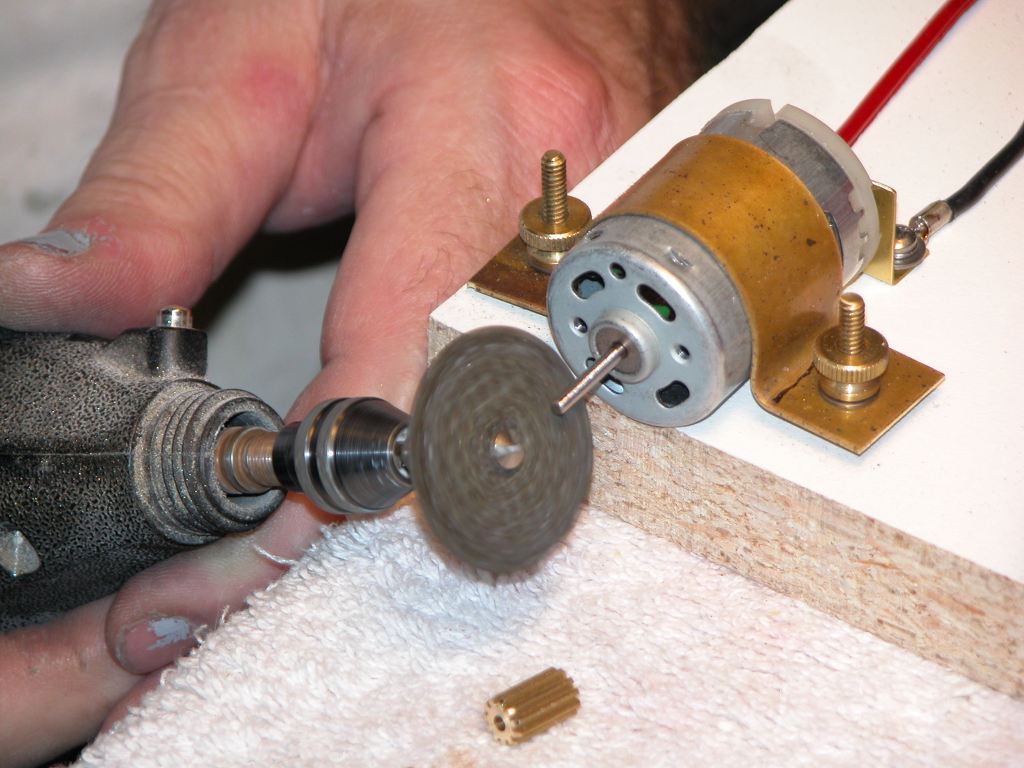
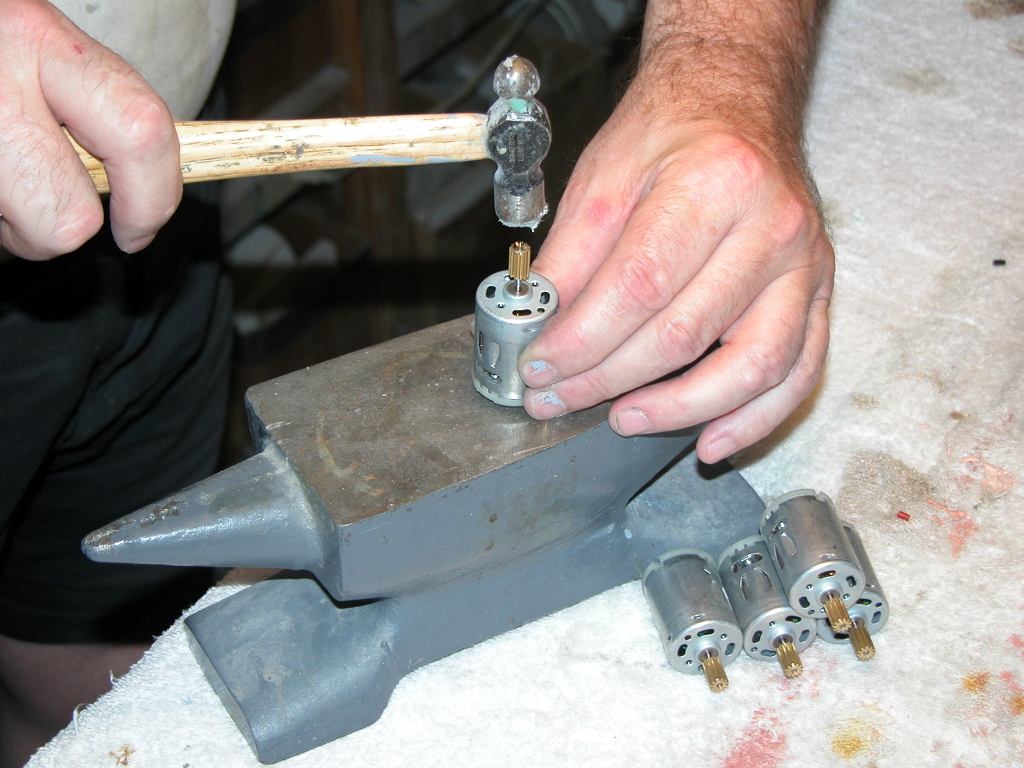
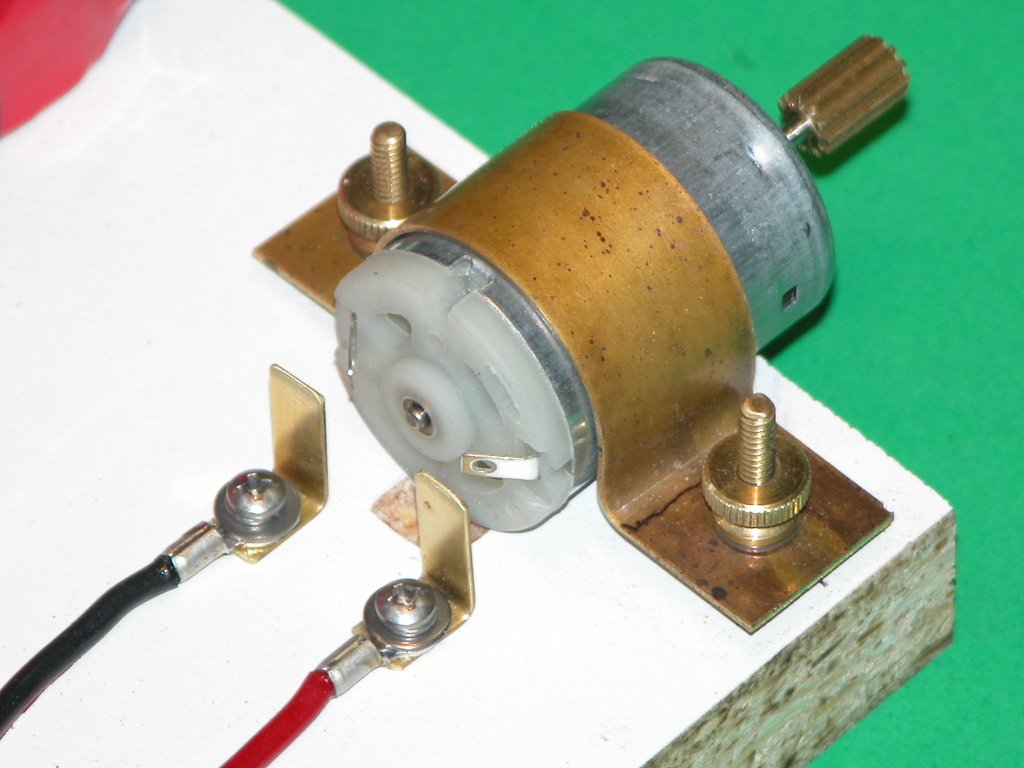
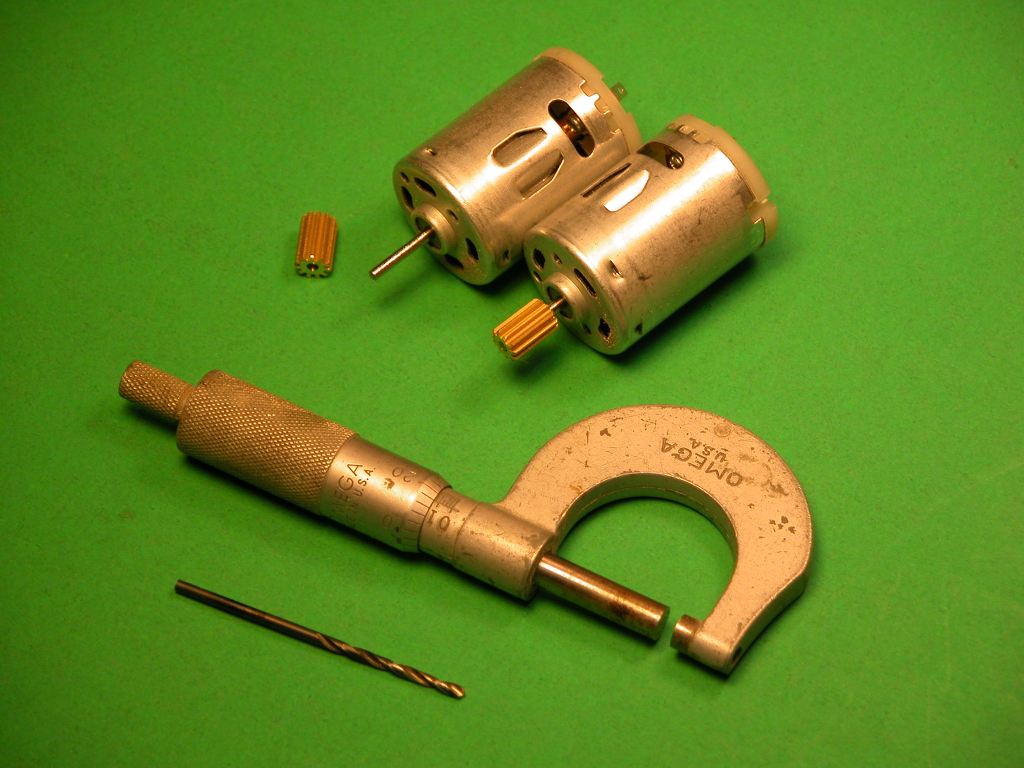
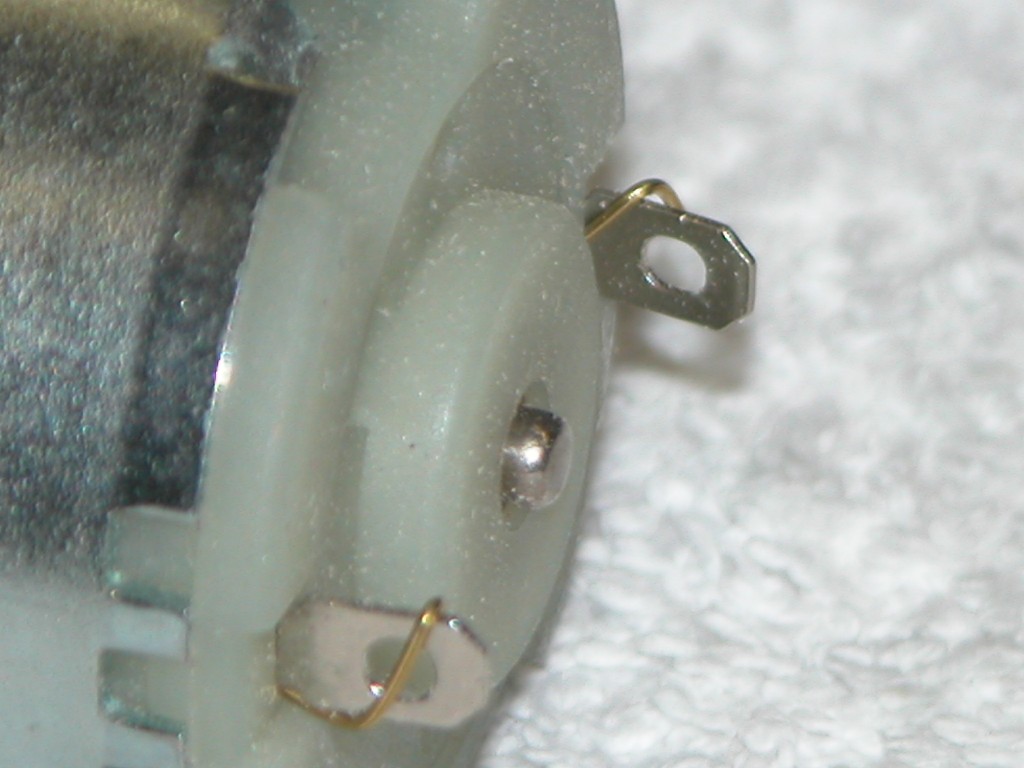
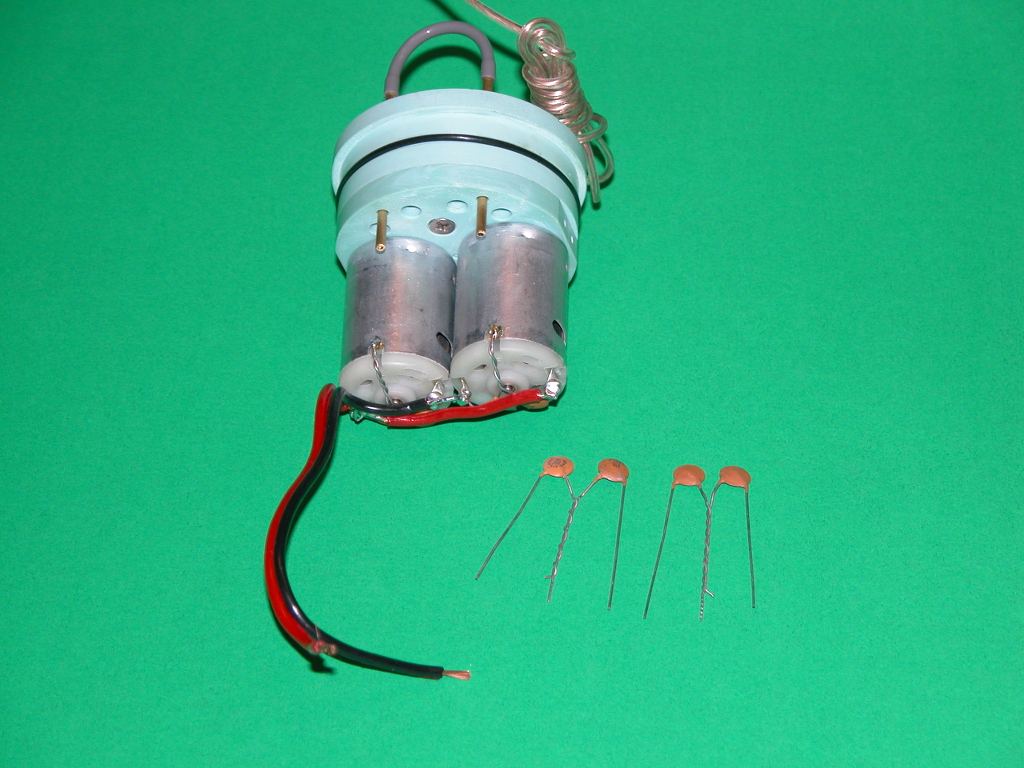


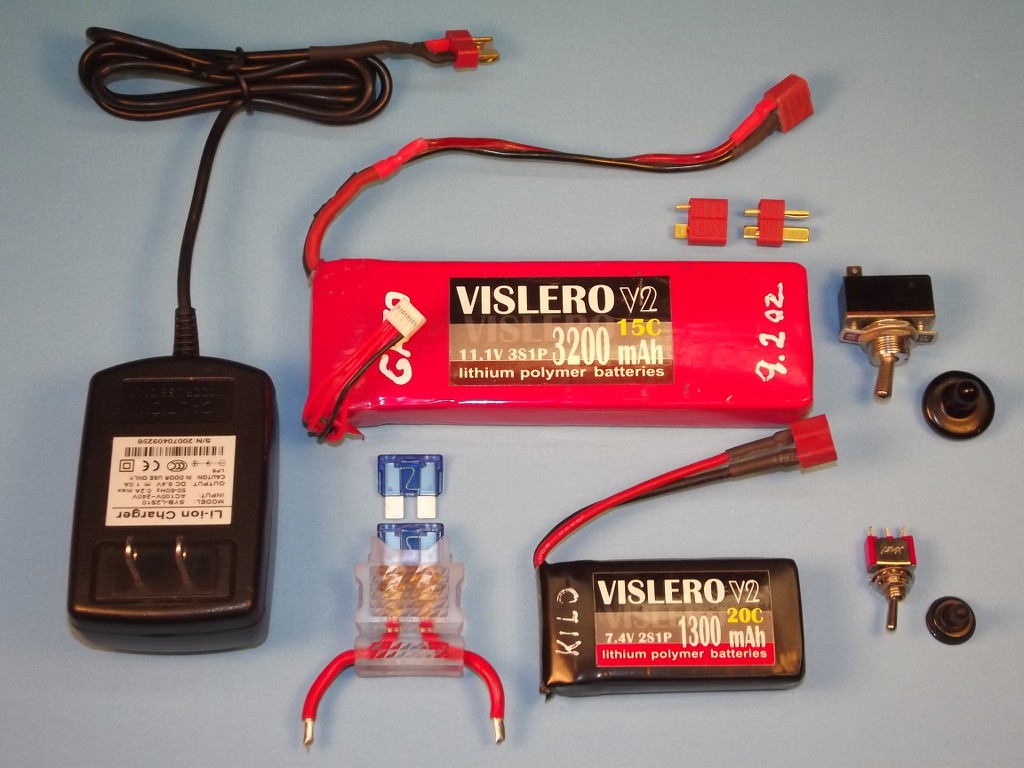
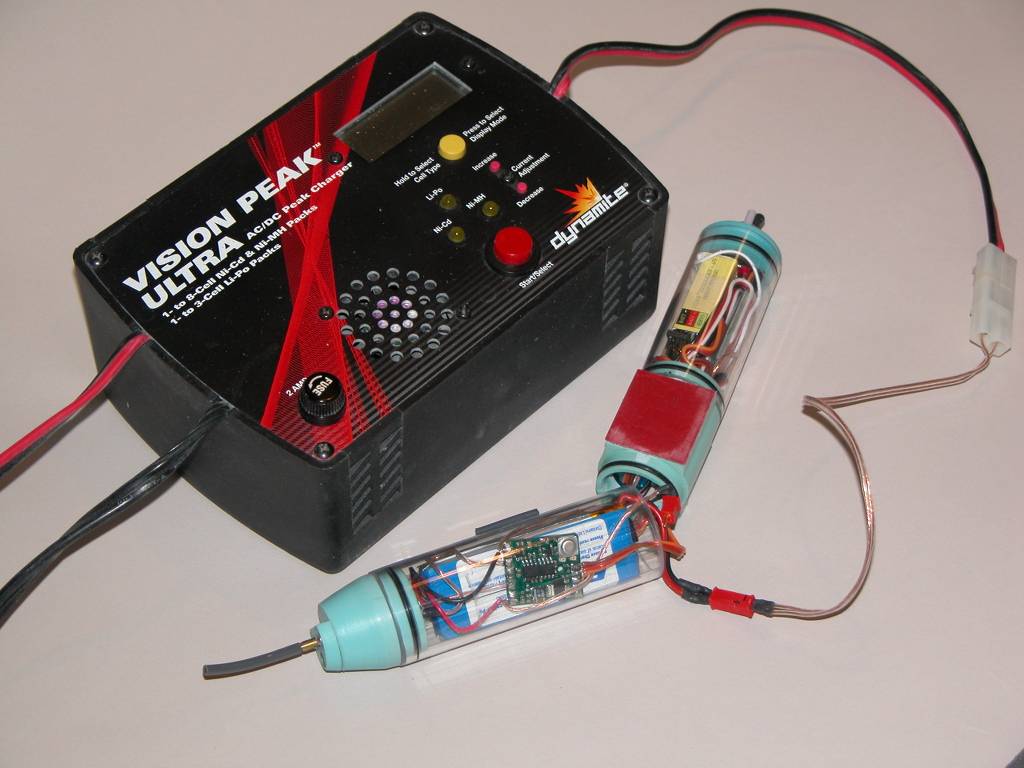
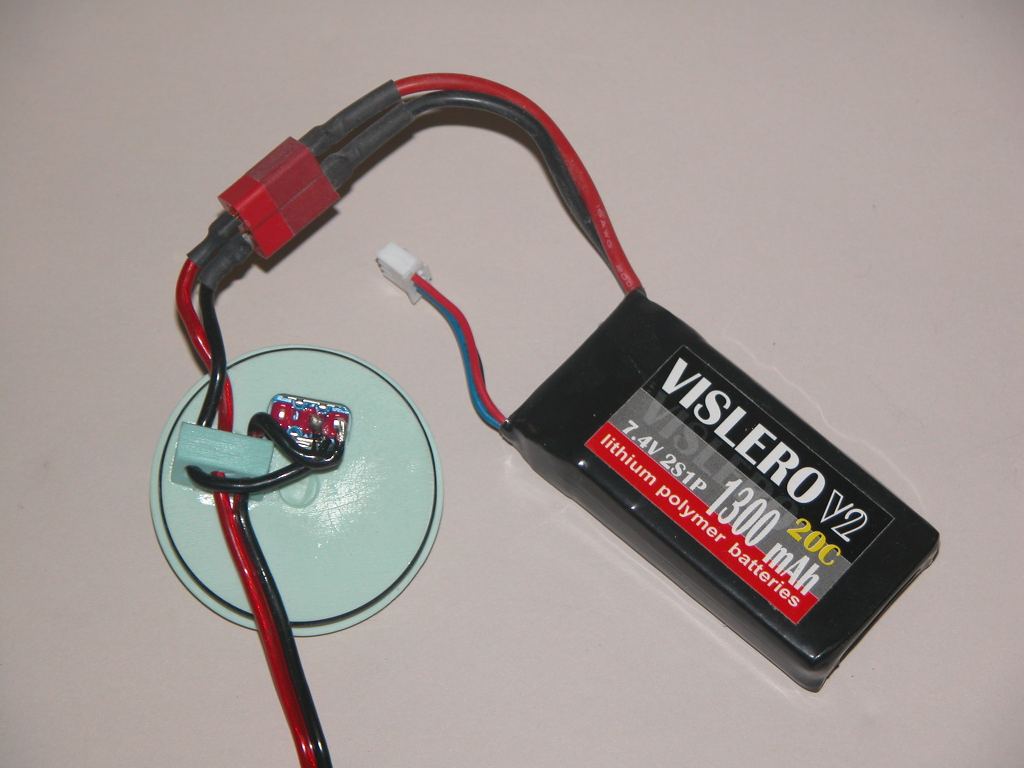
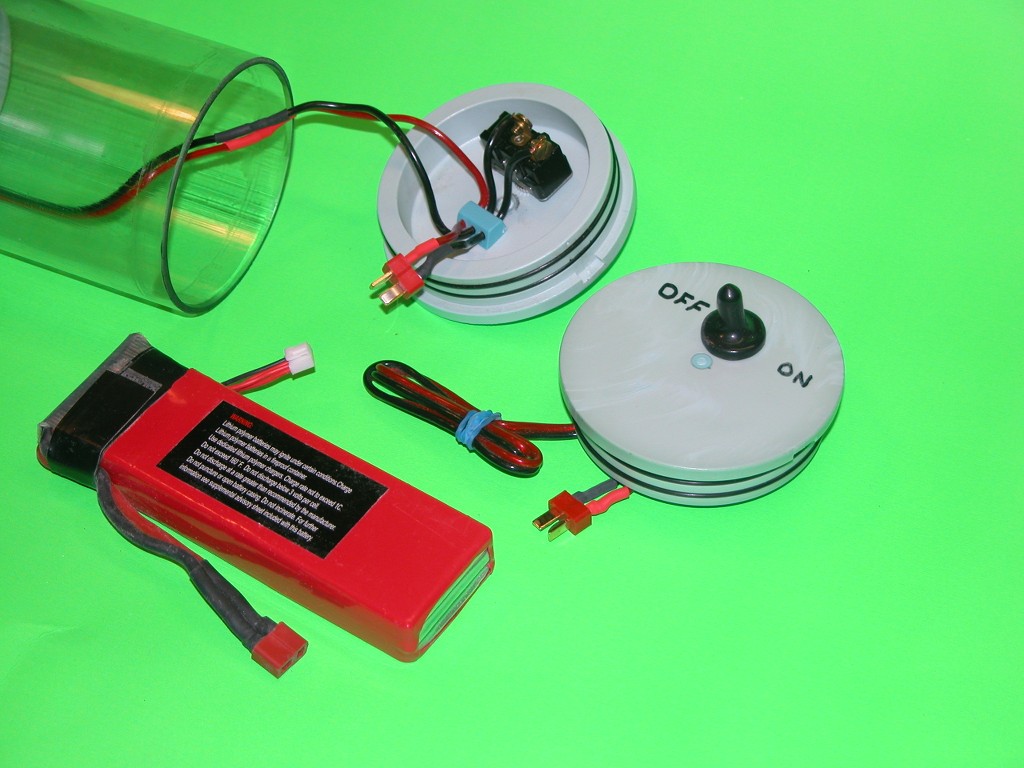
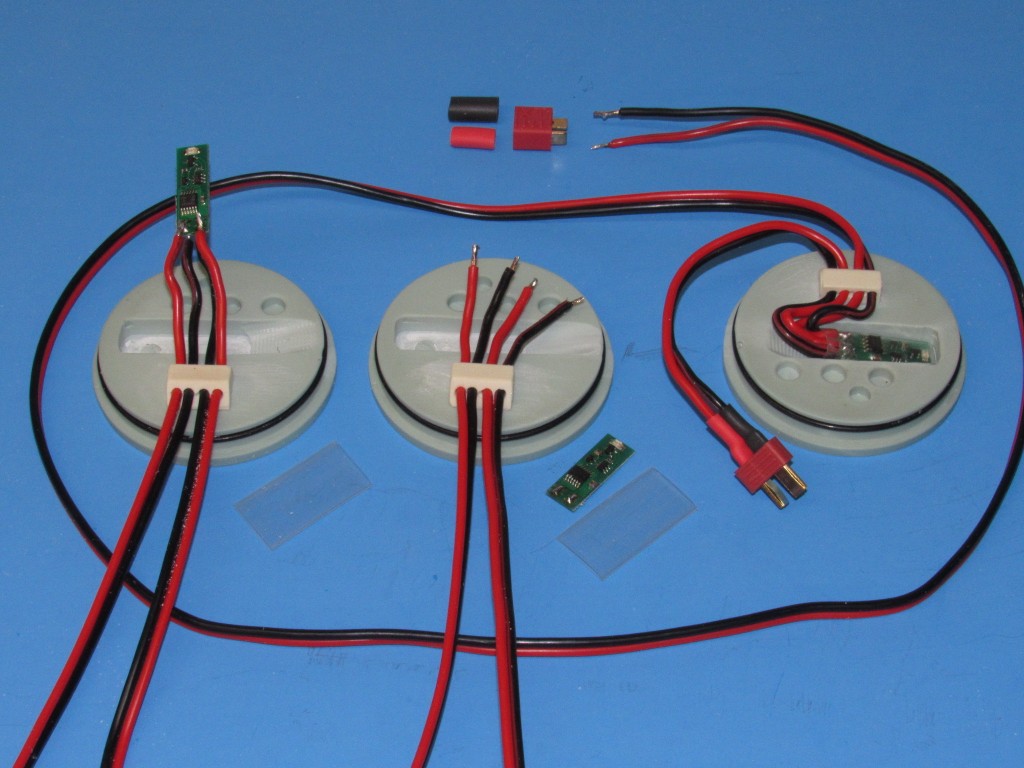
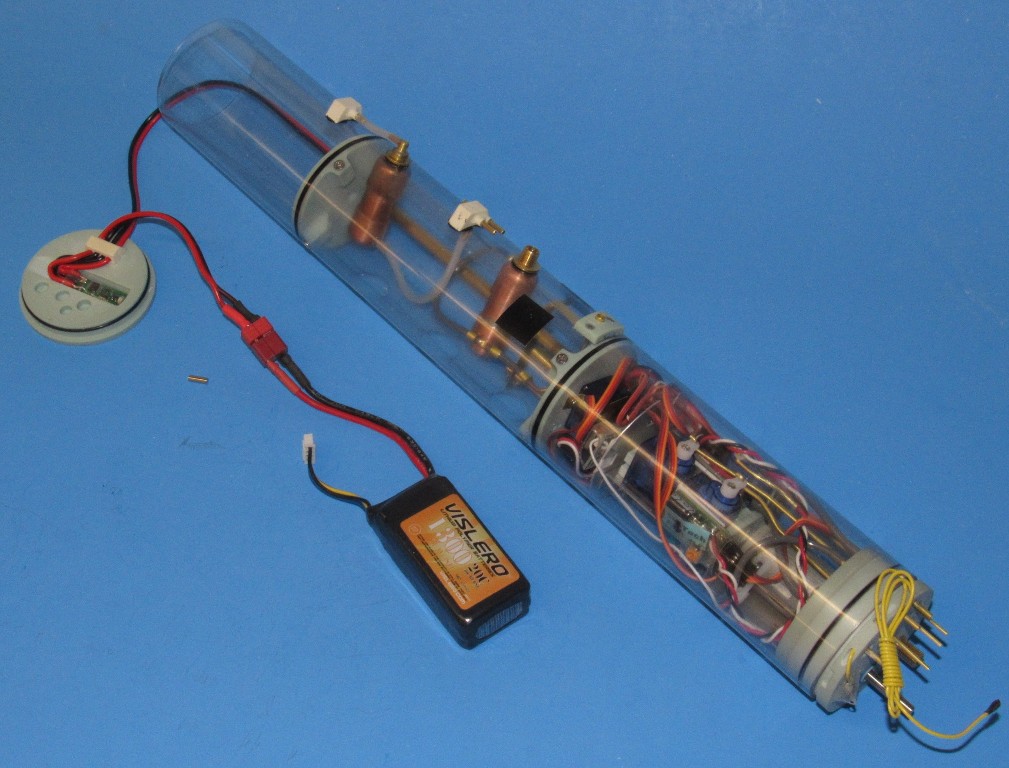
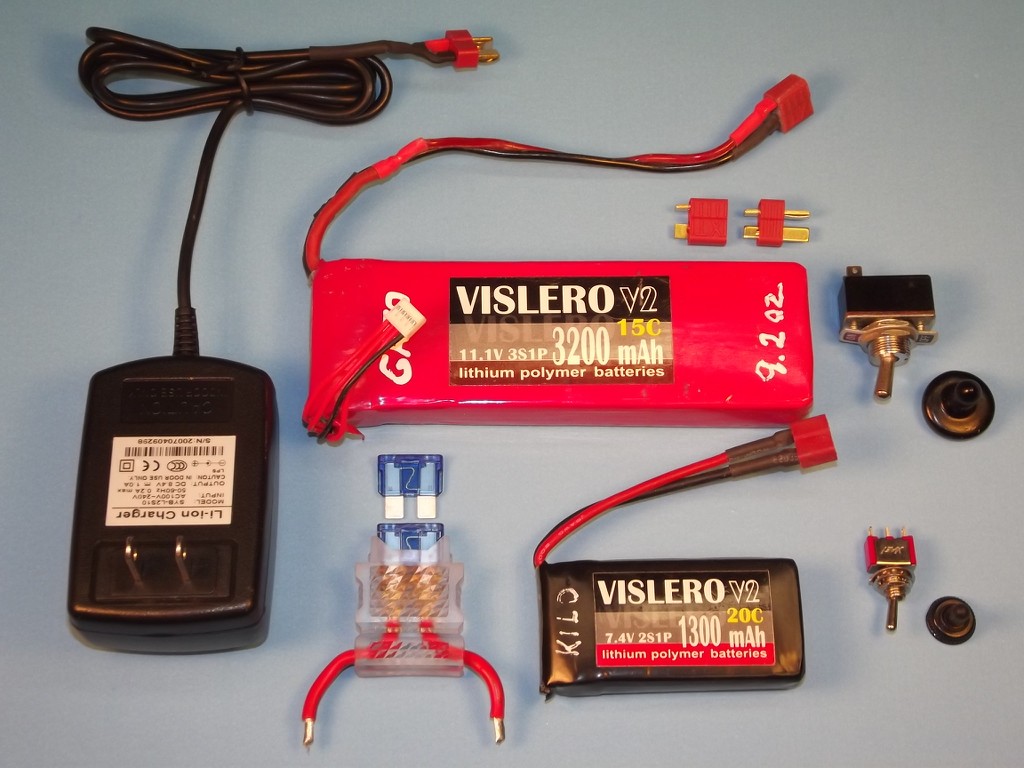
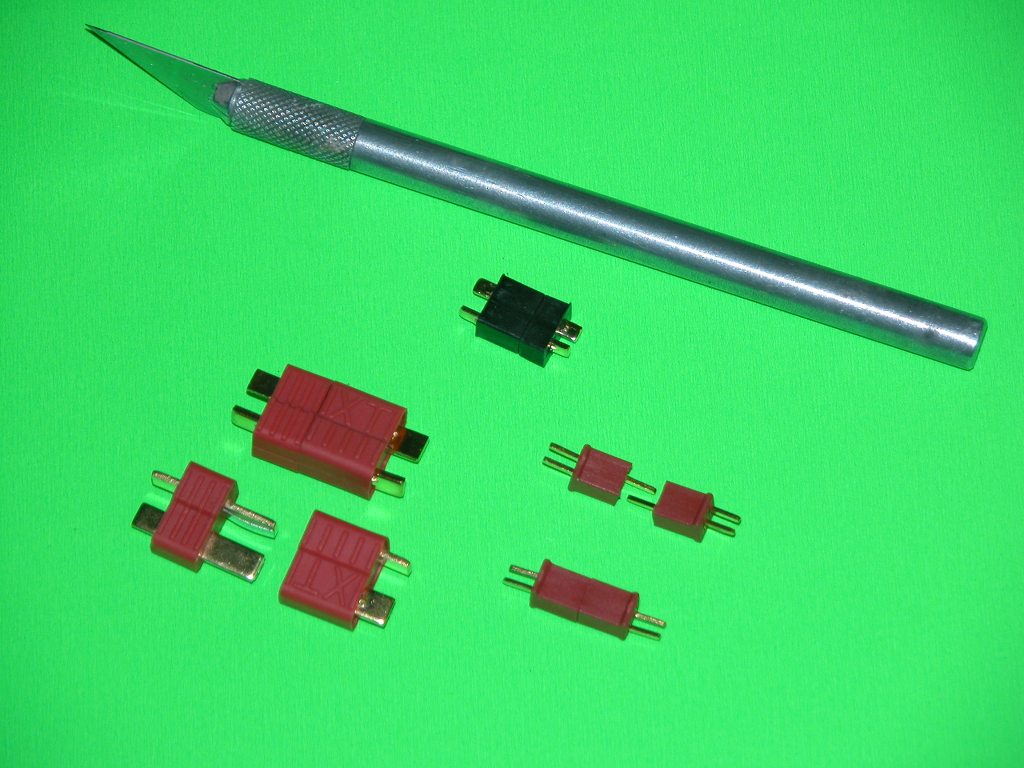
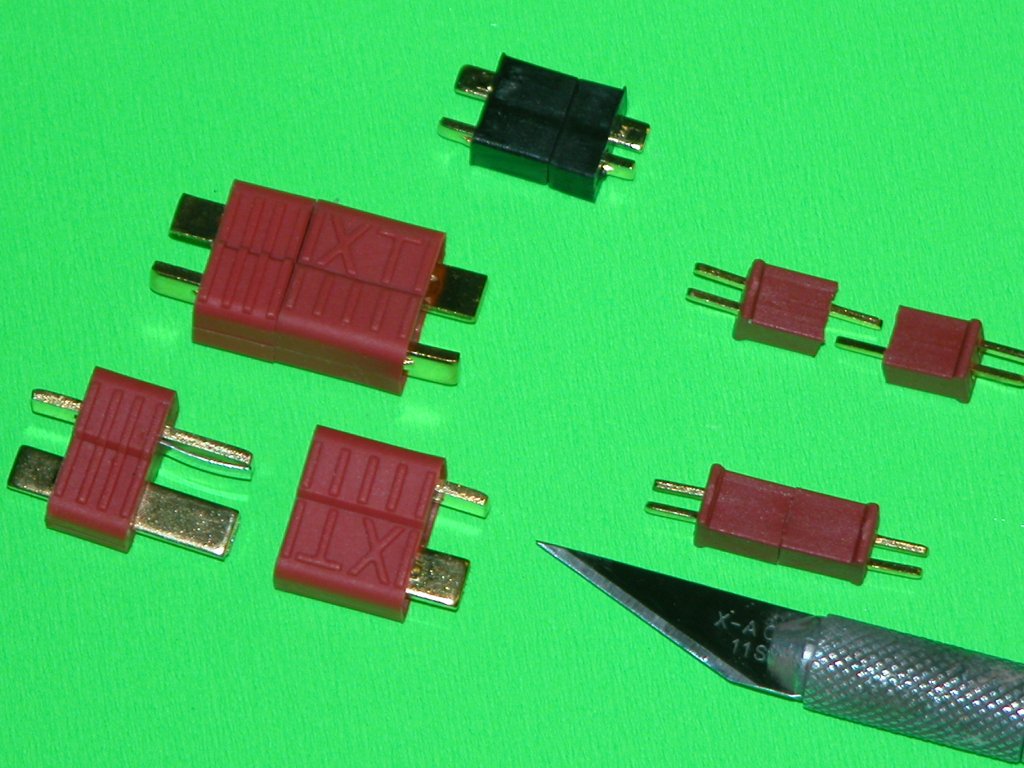
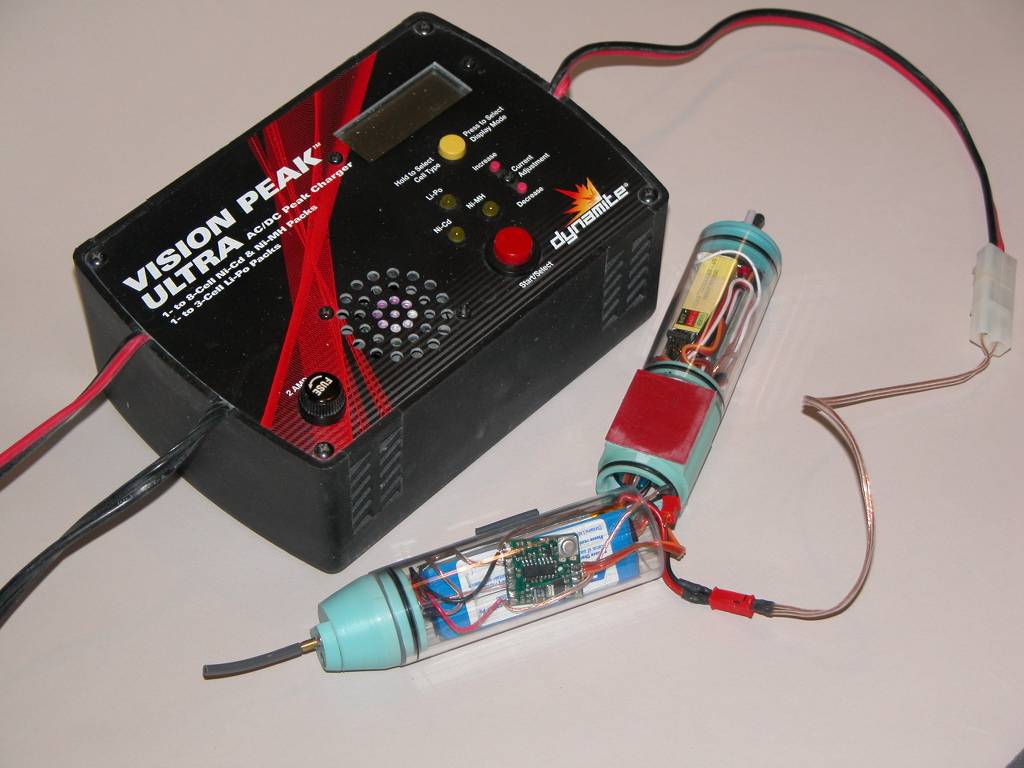
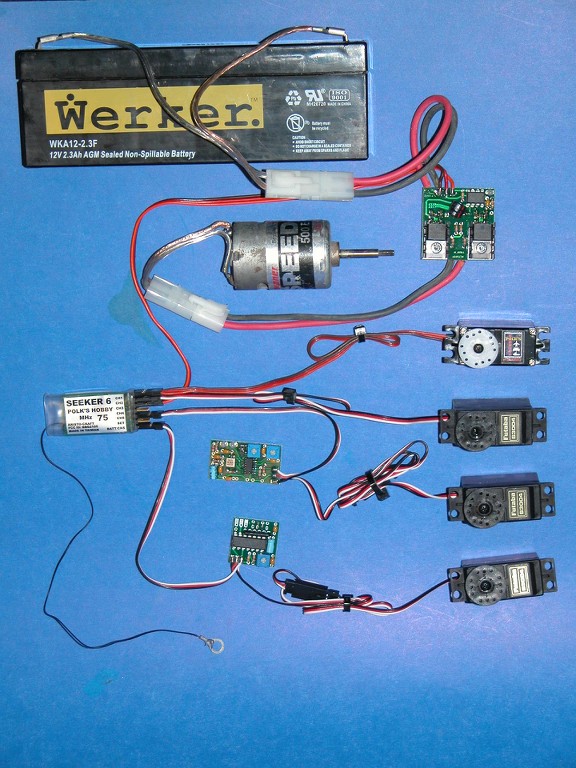
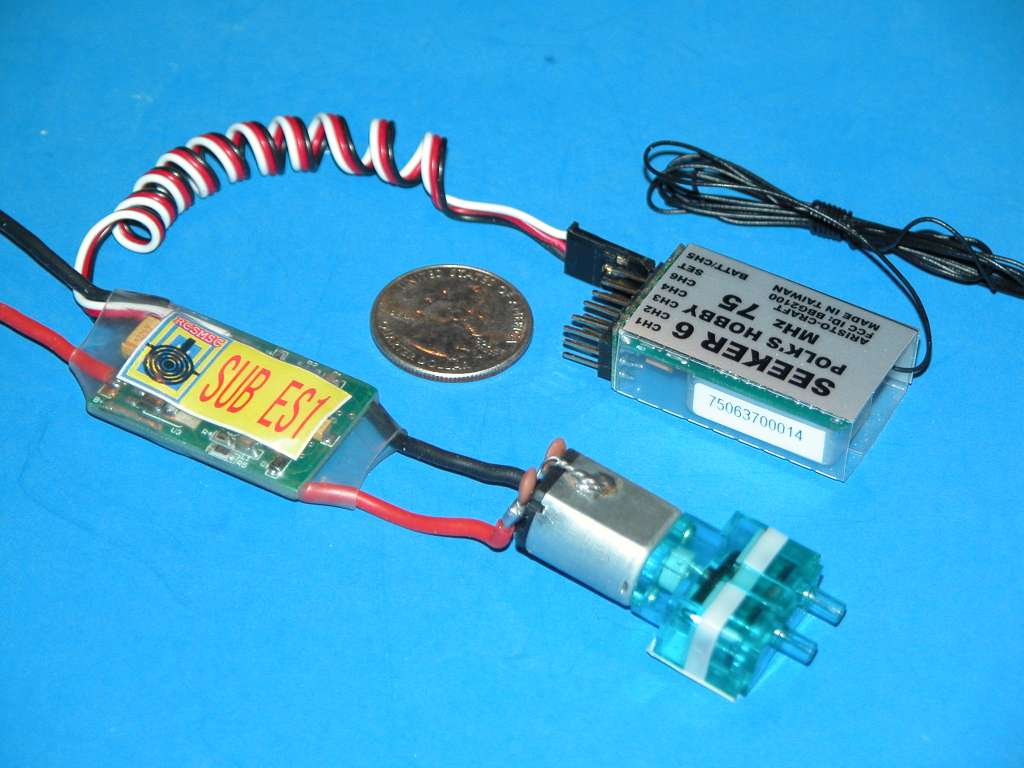
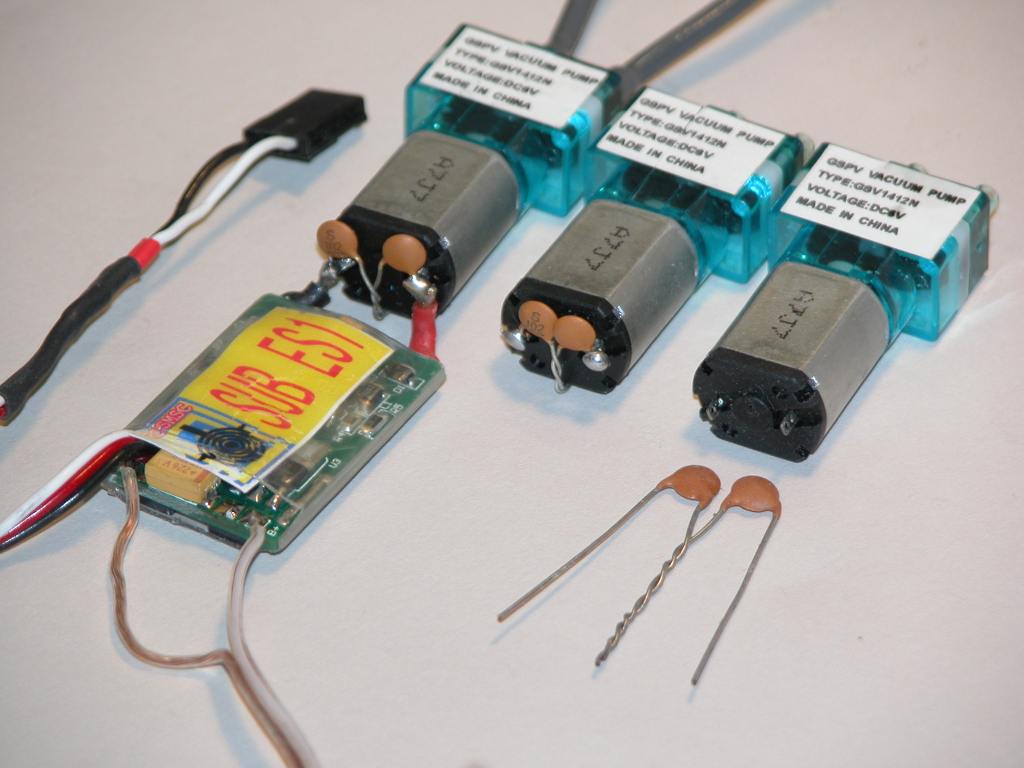
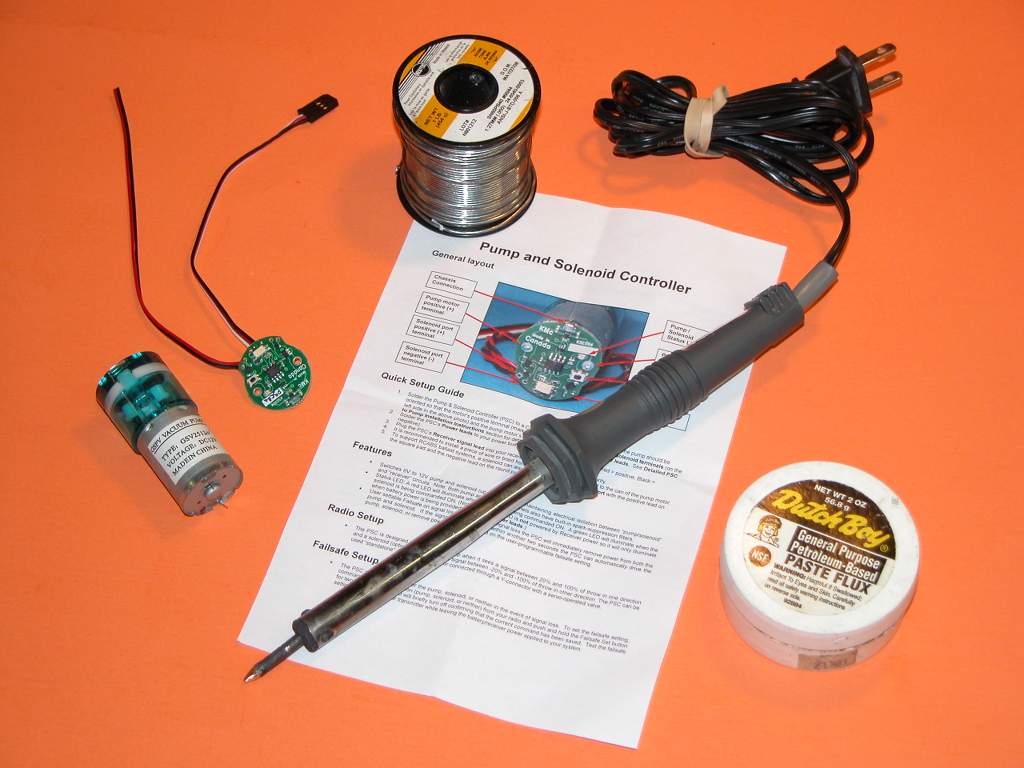
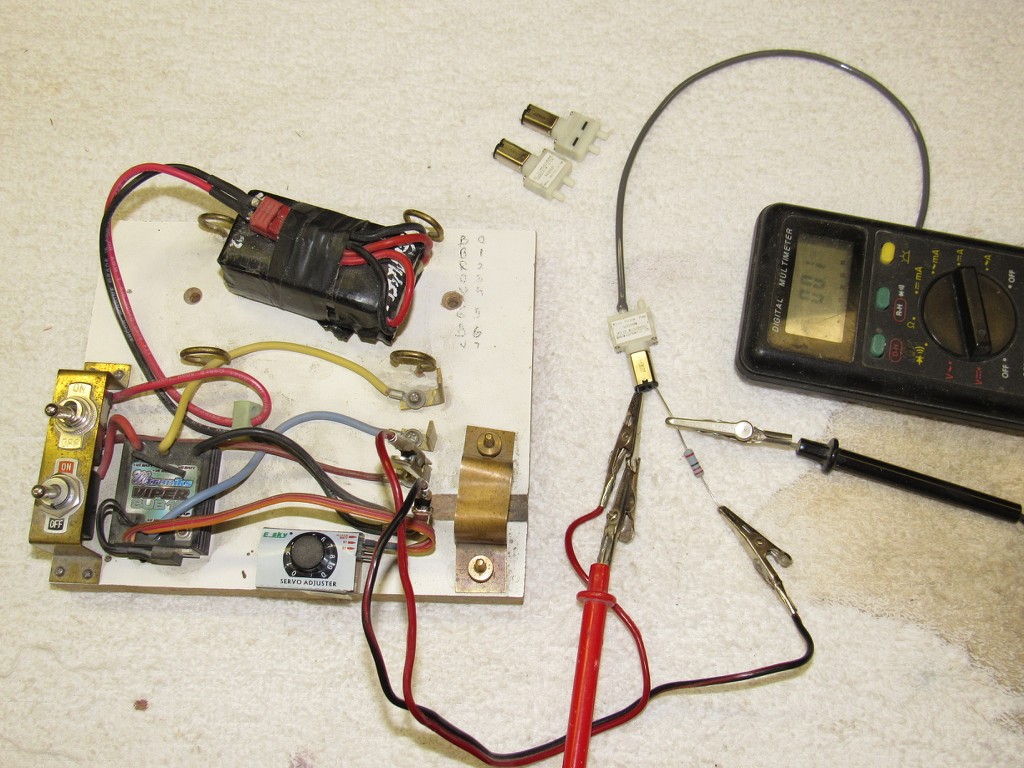

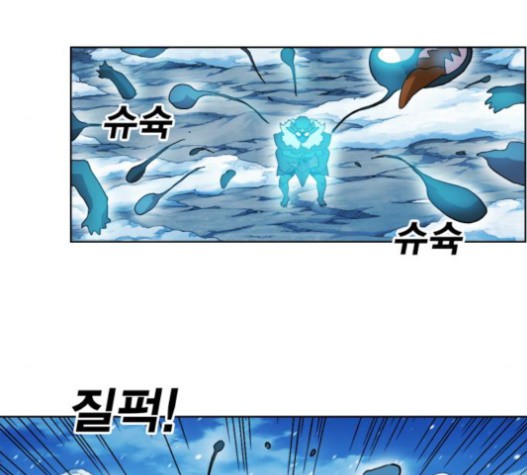
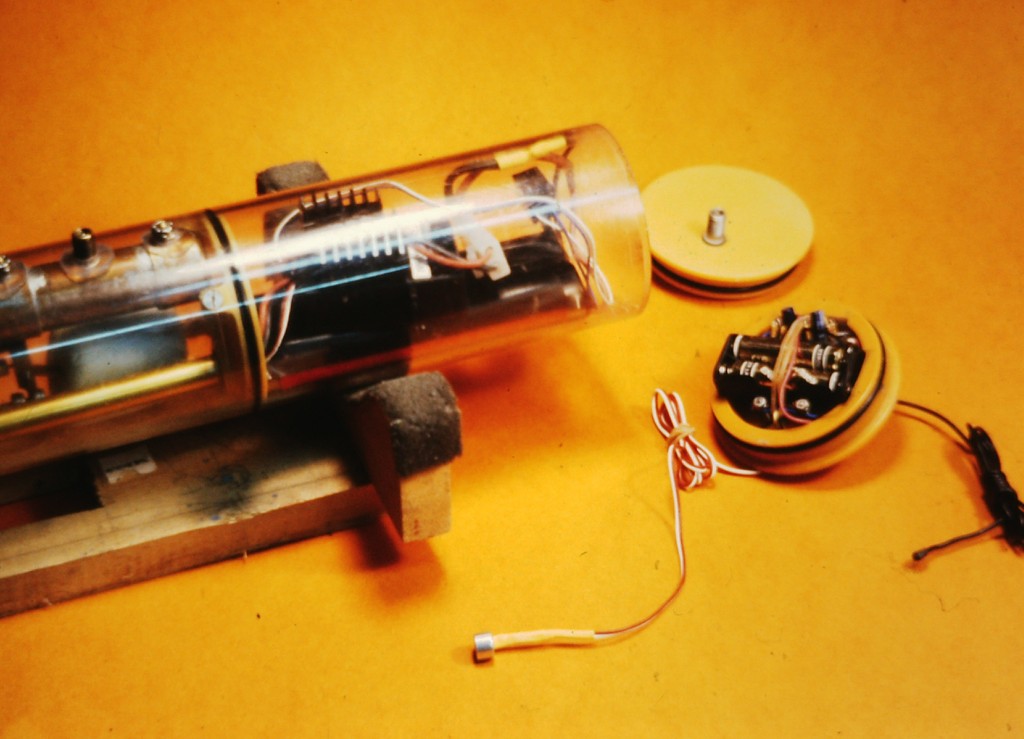
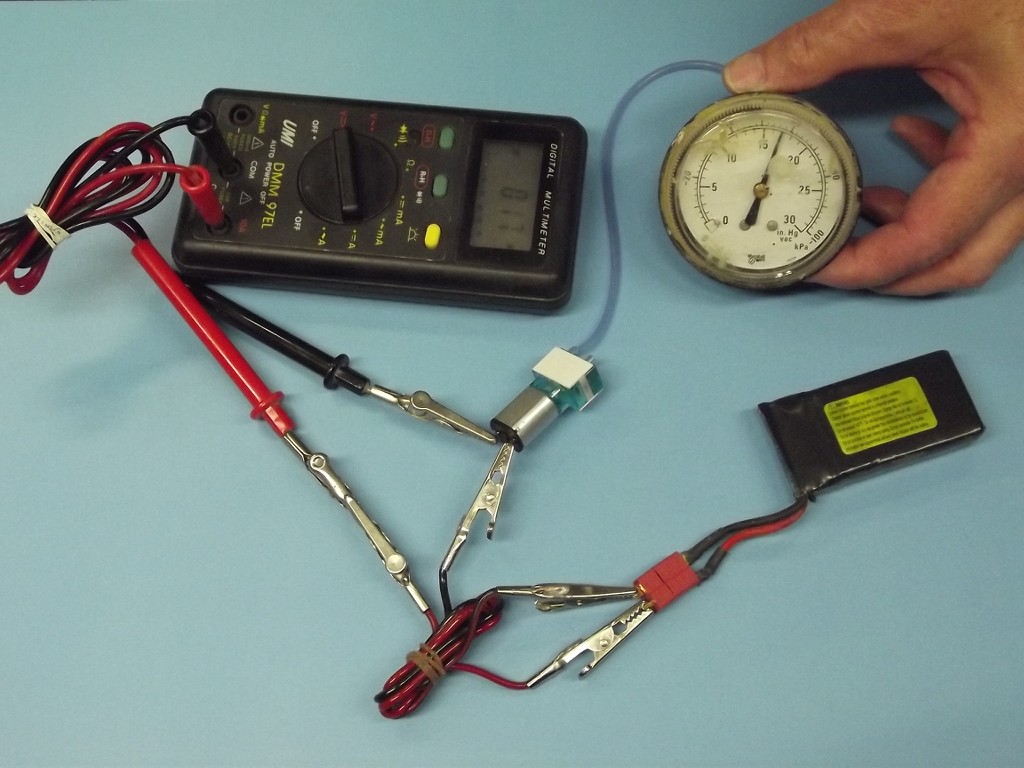
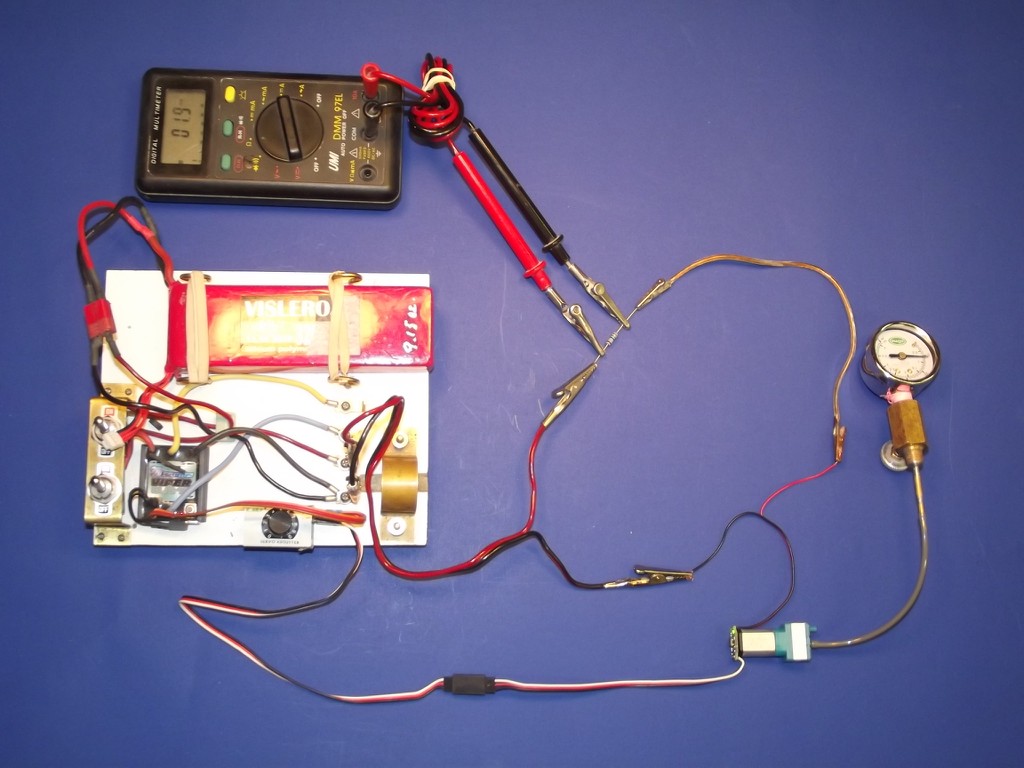
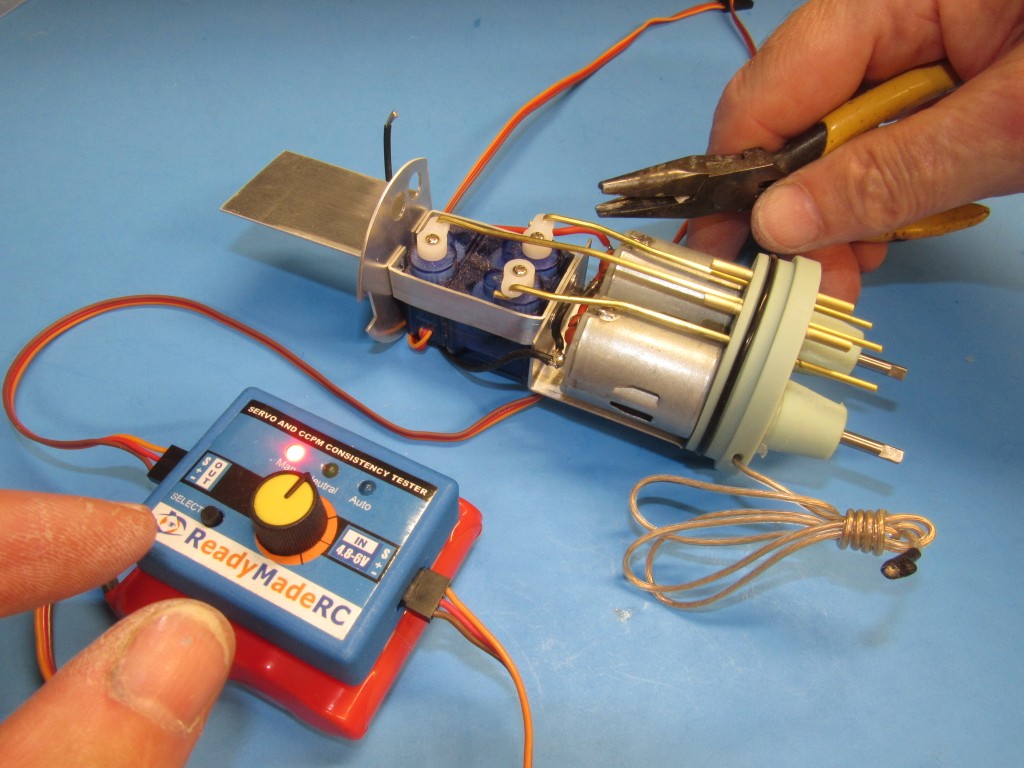
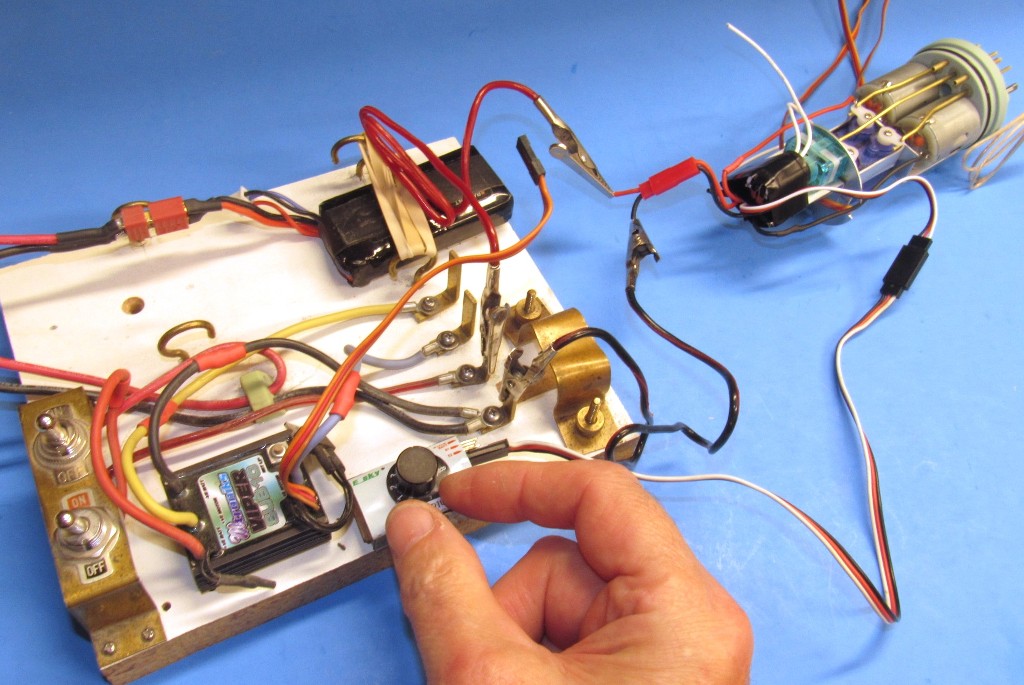
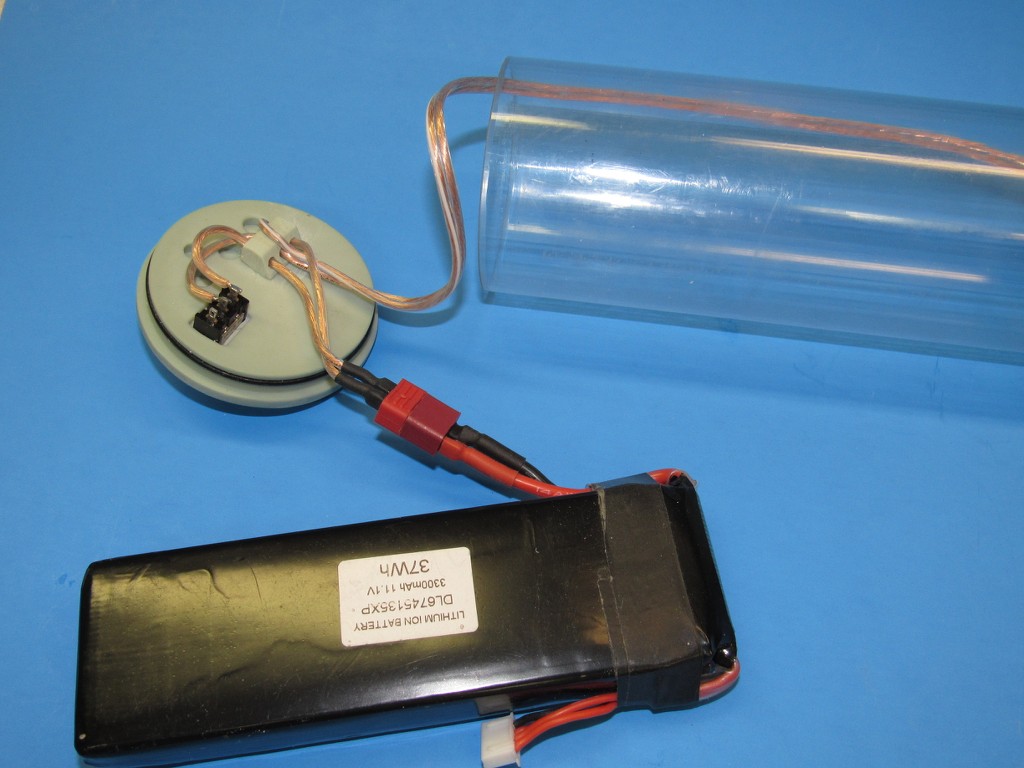
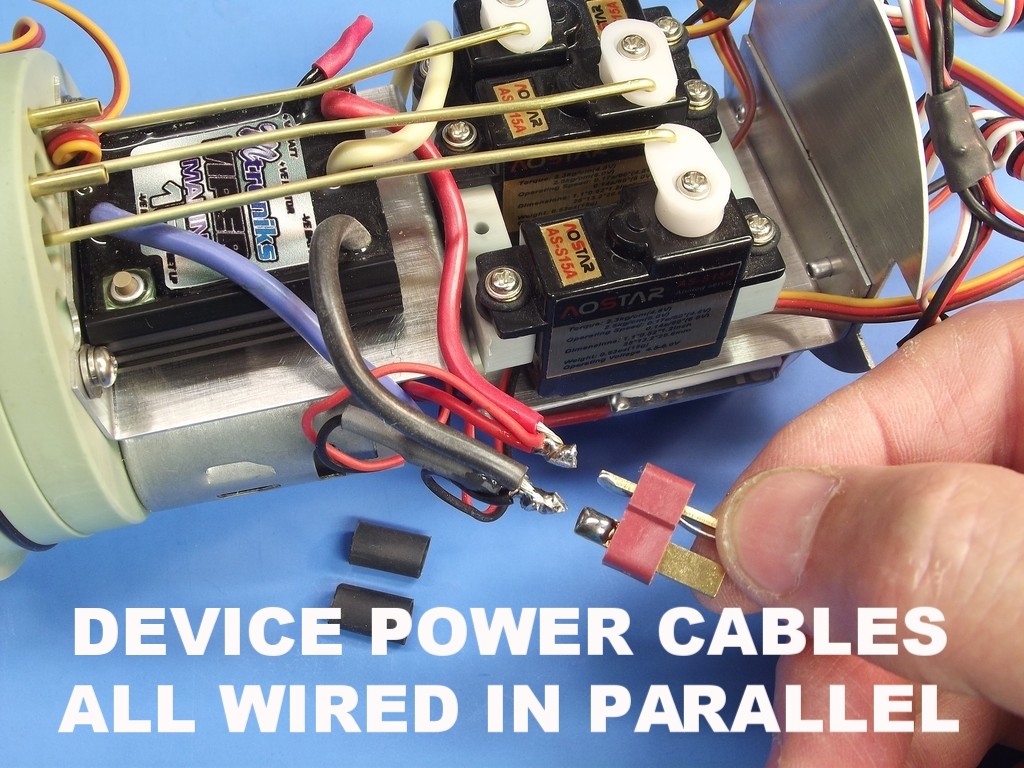
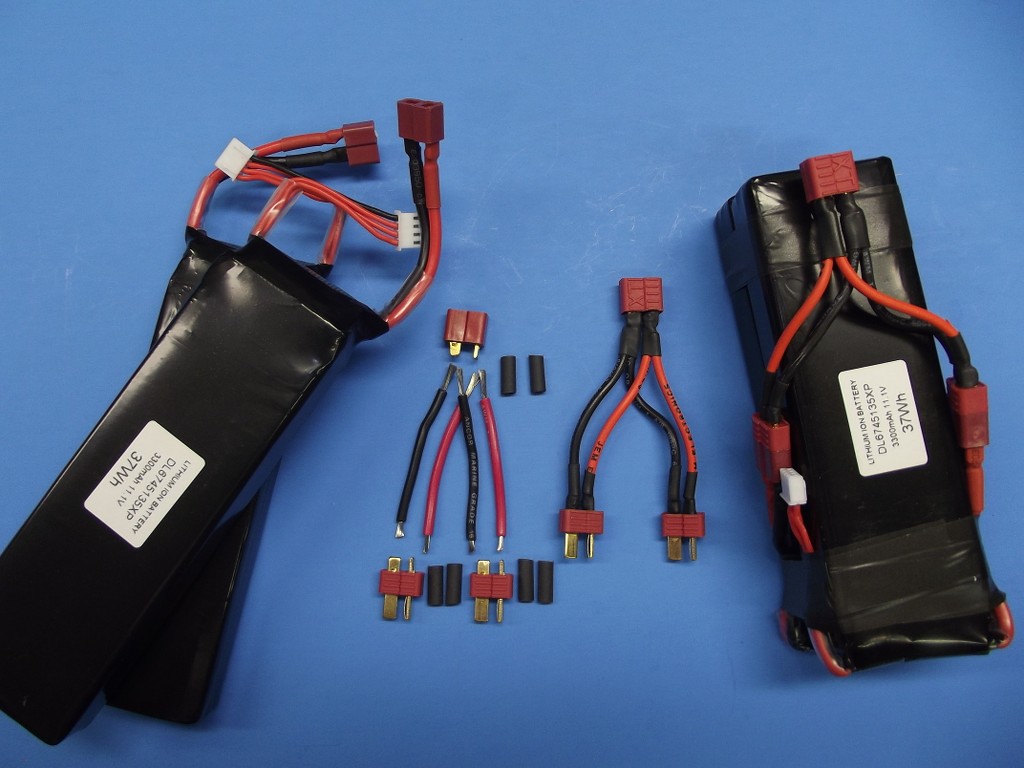
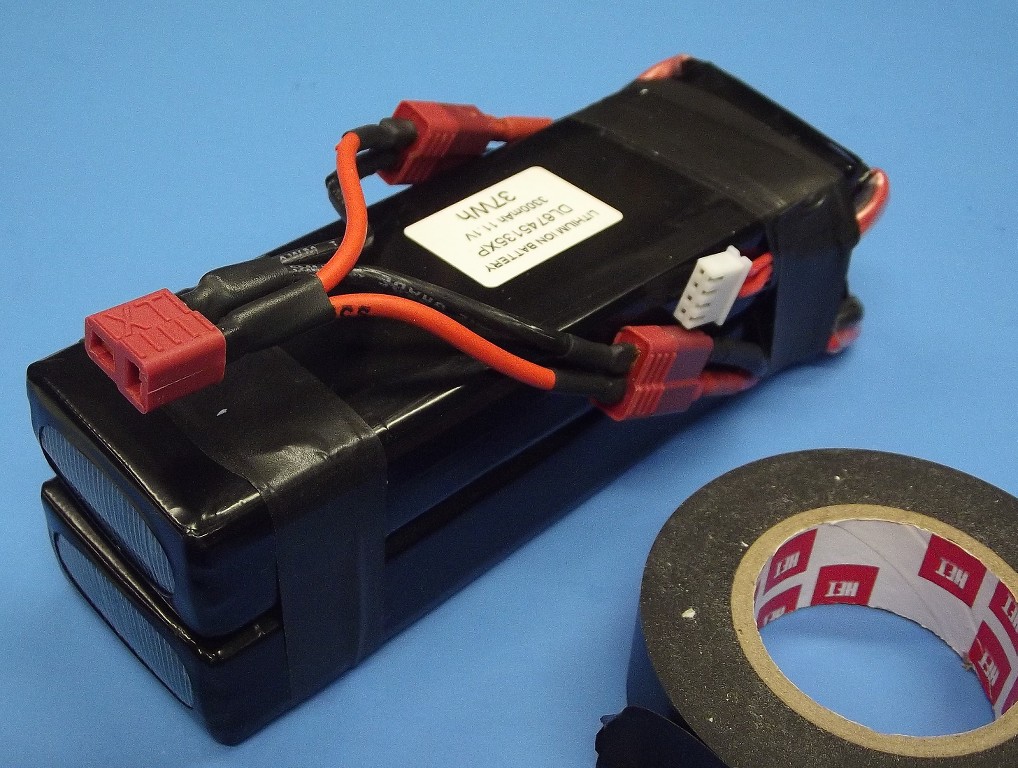
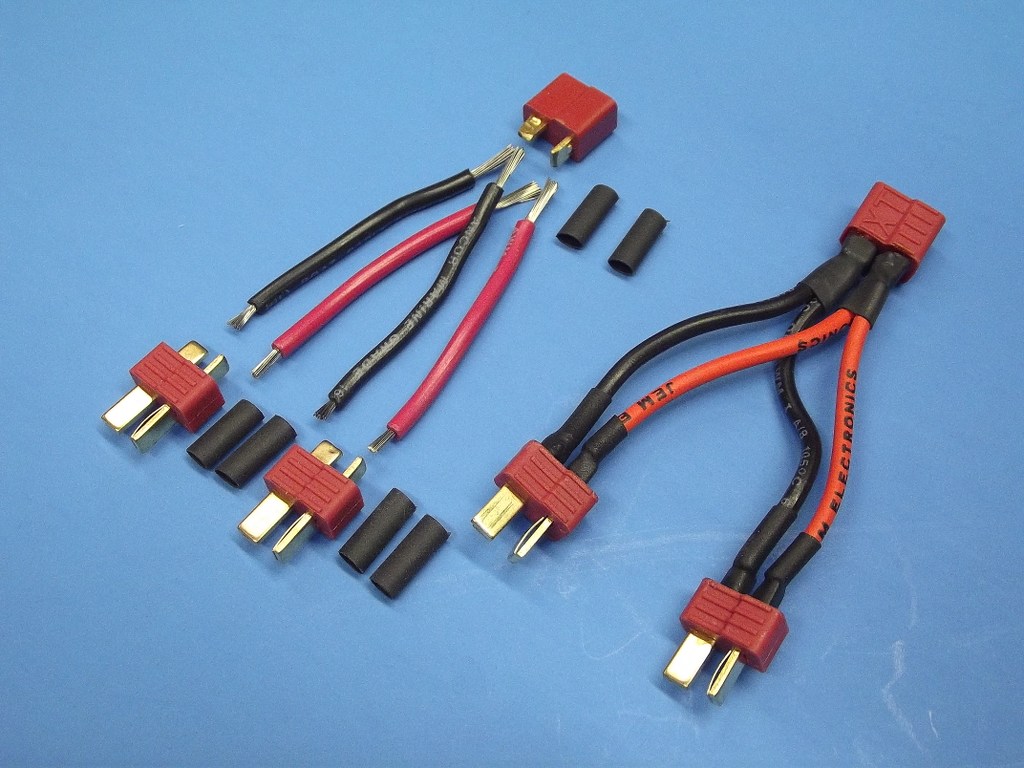
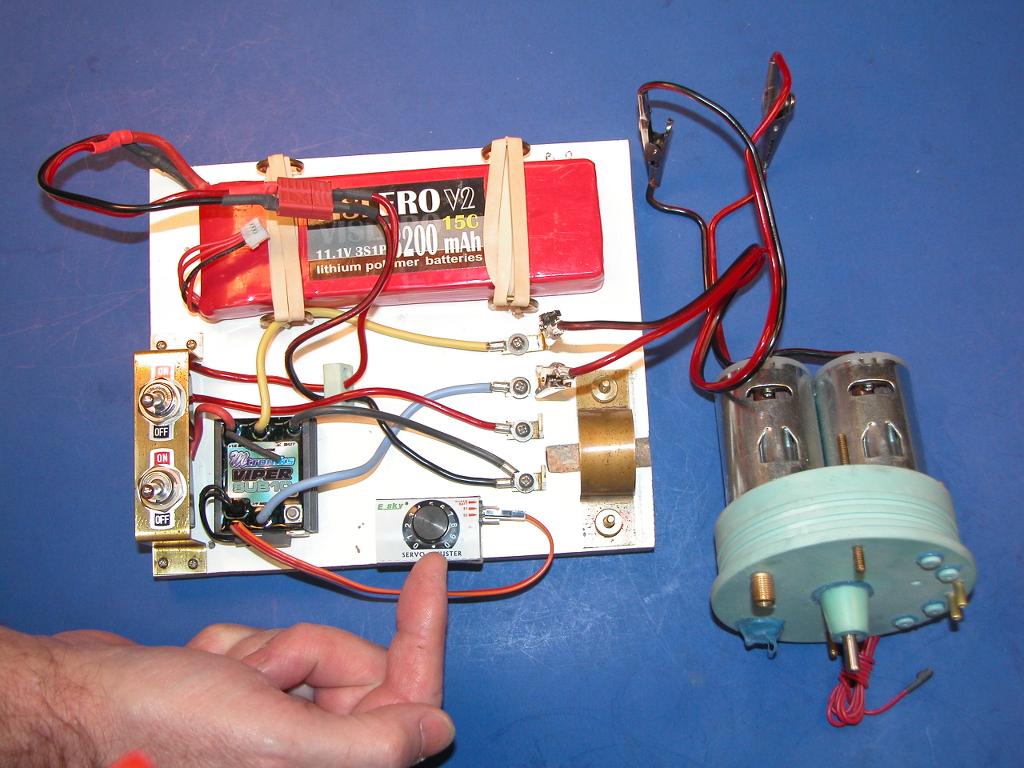

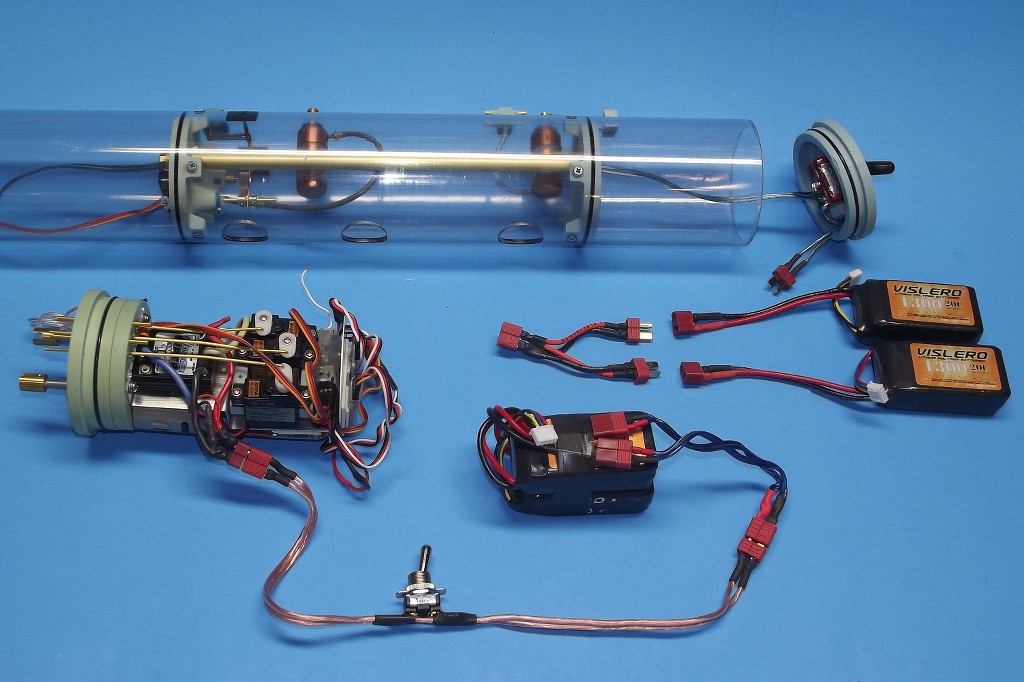
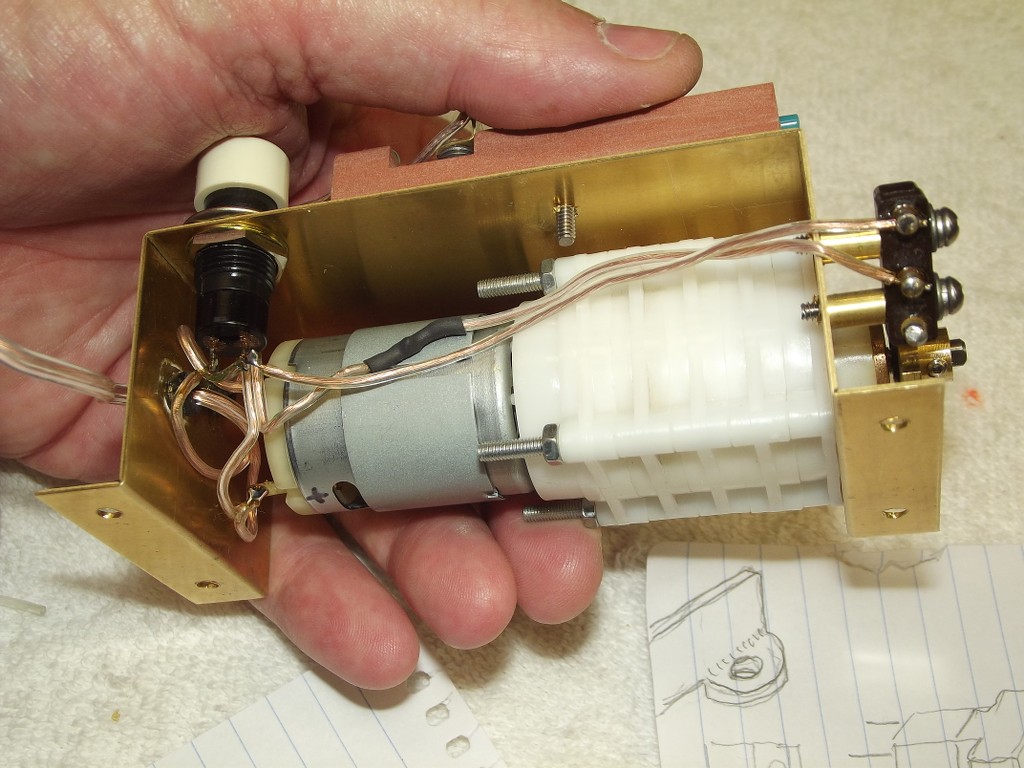
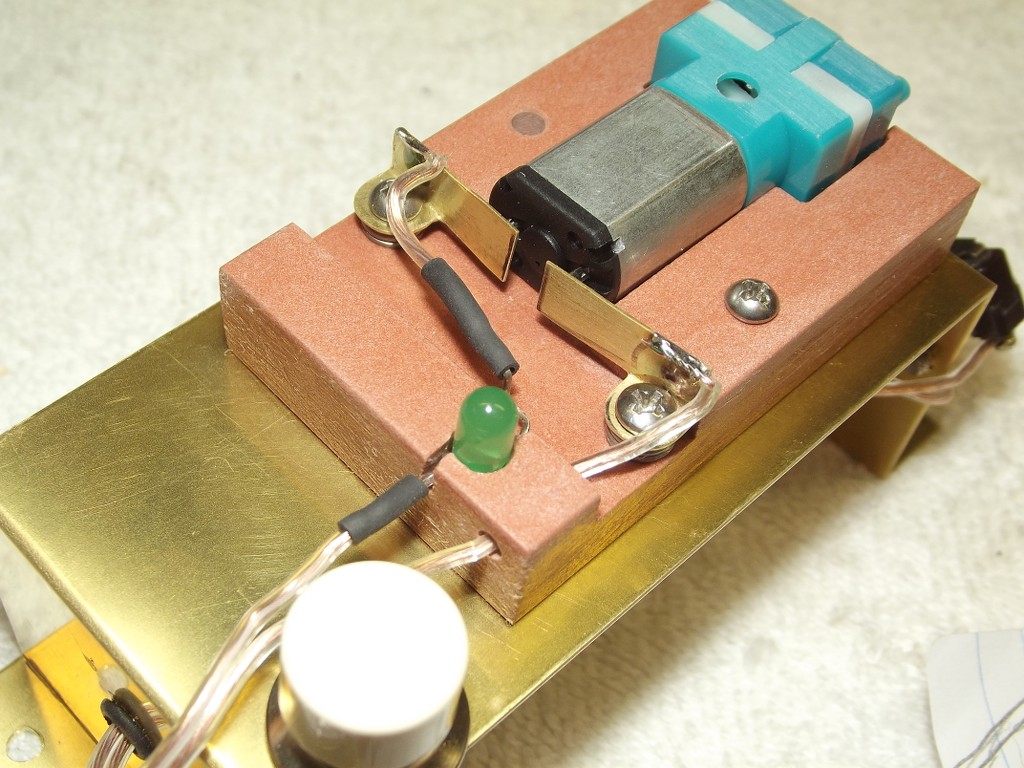
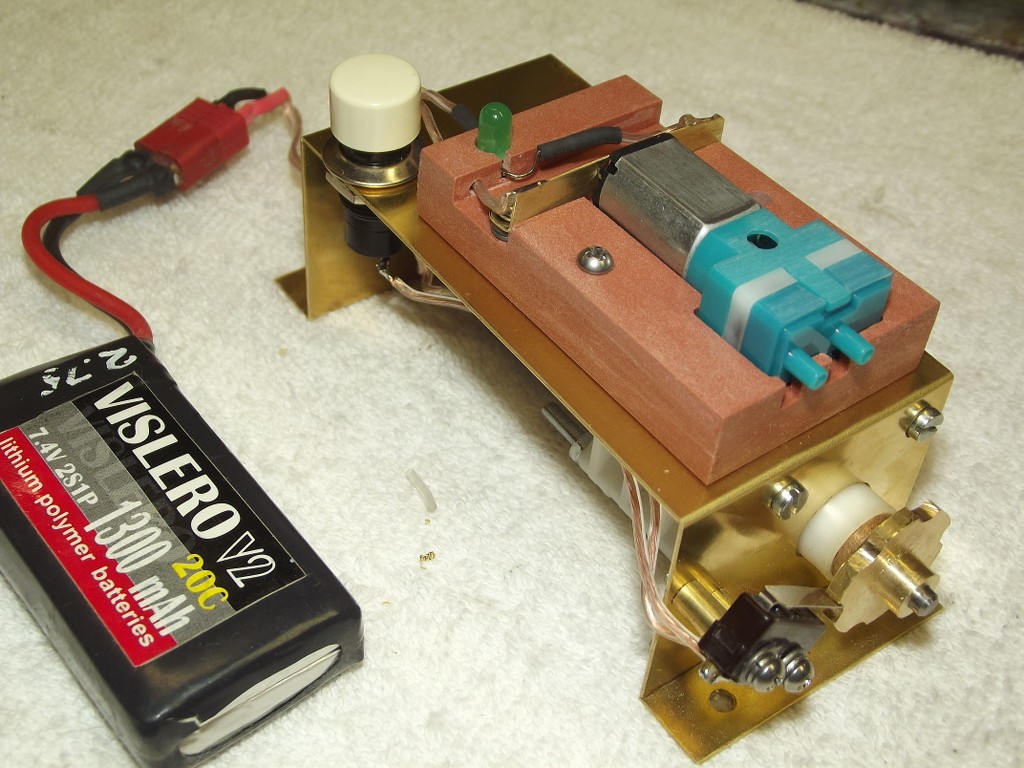

Comment